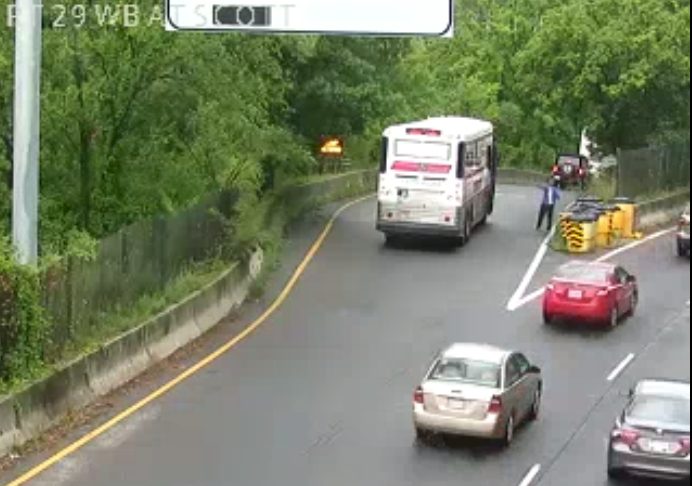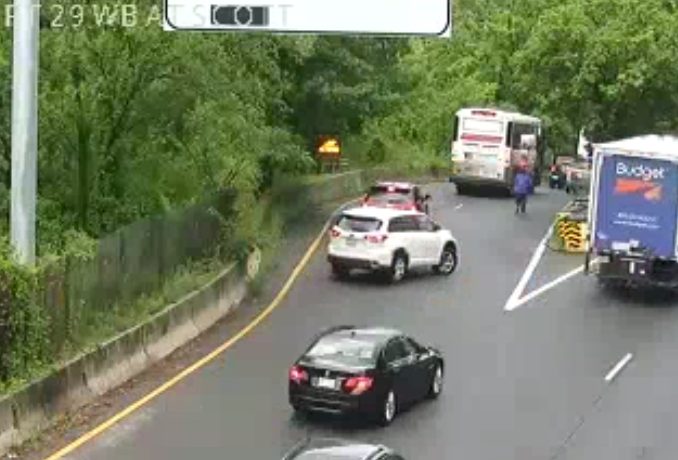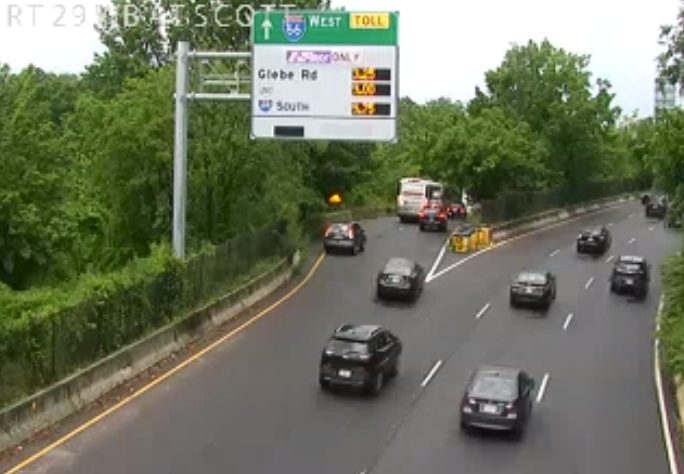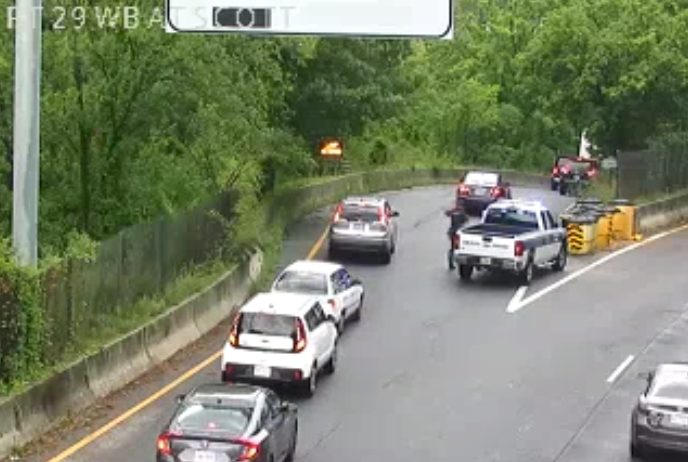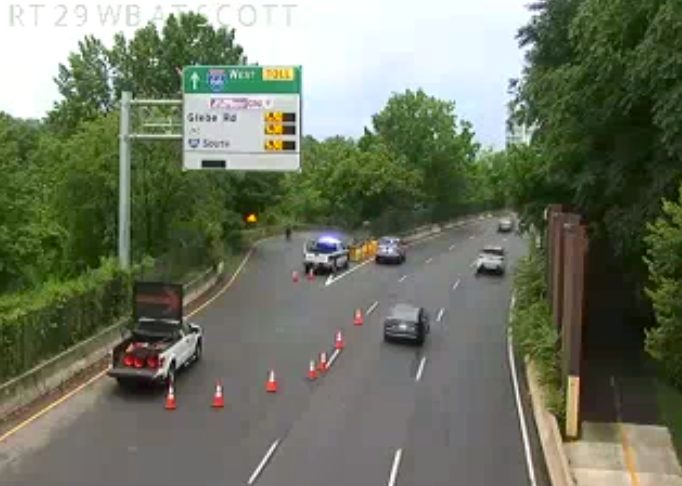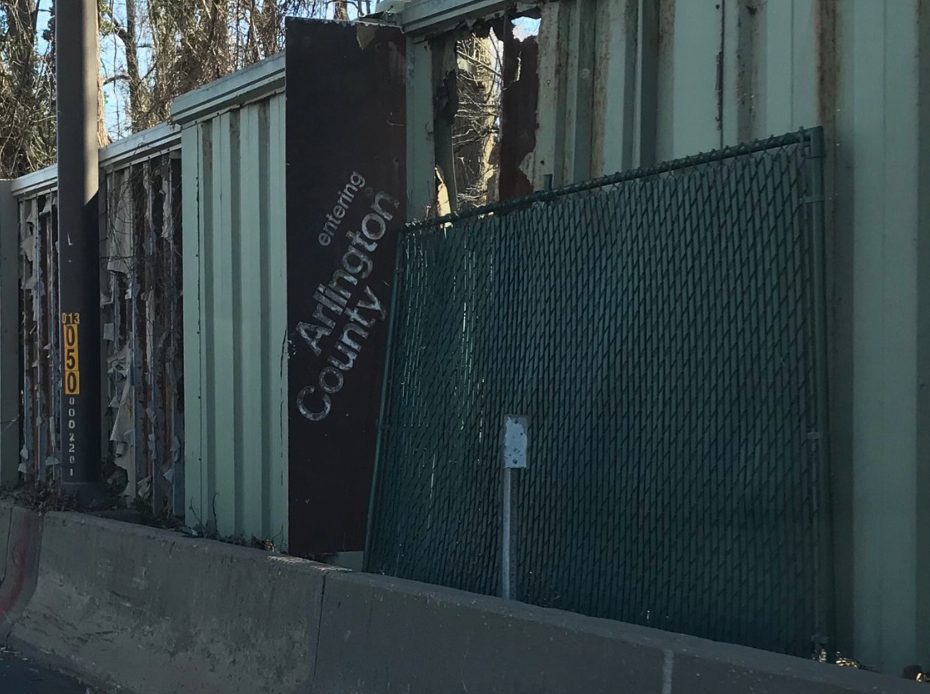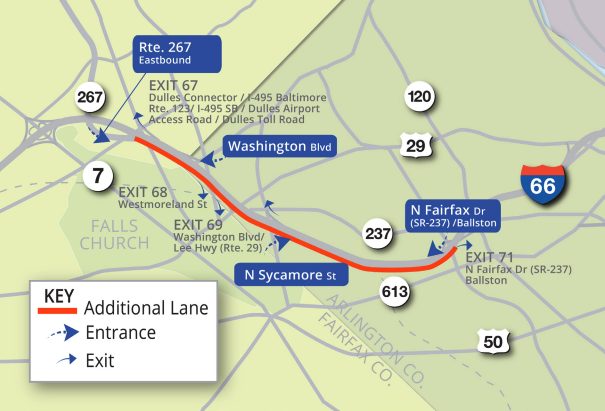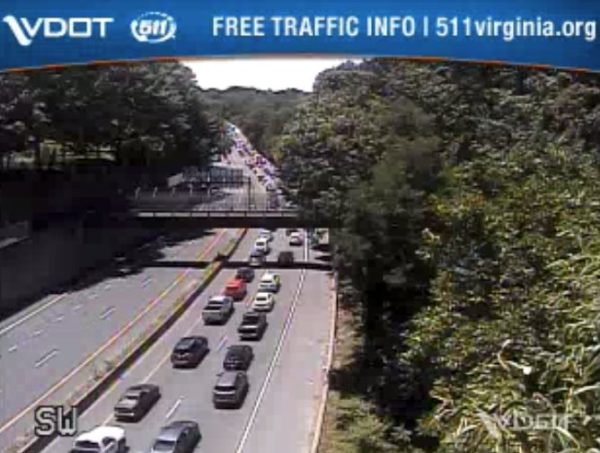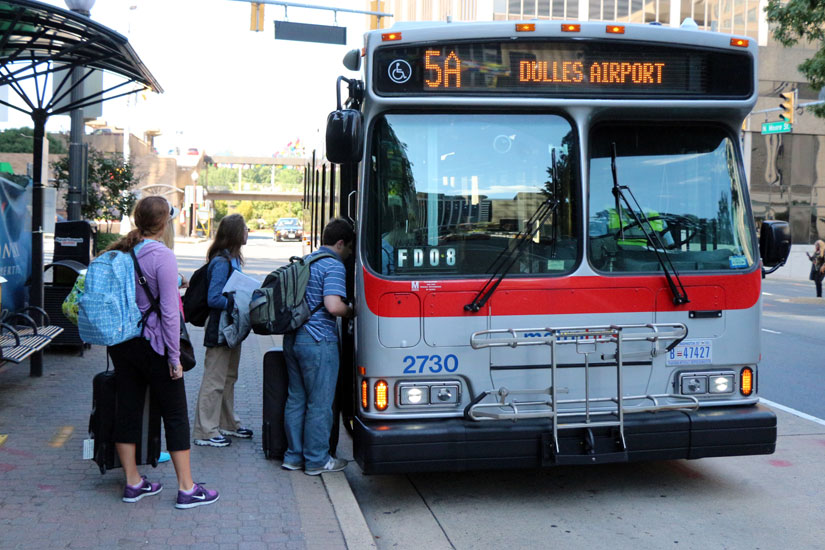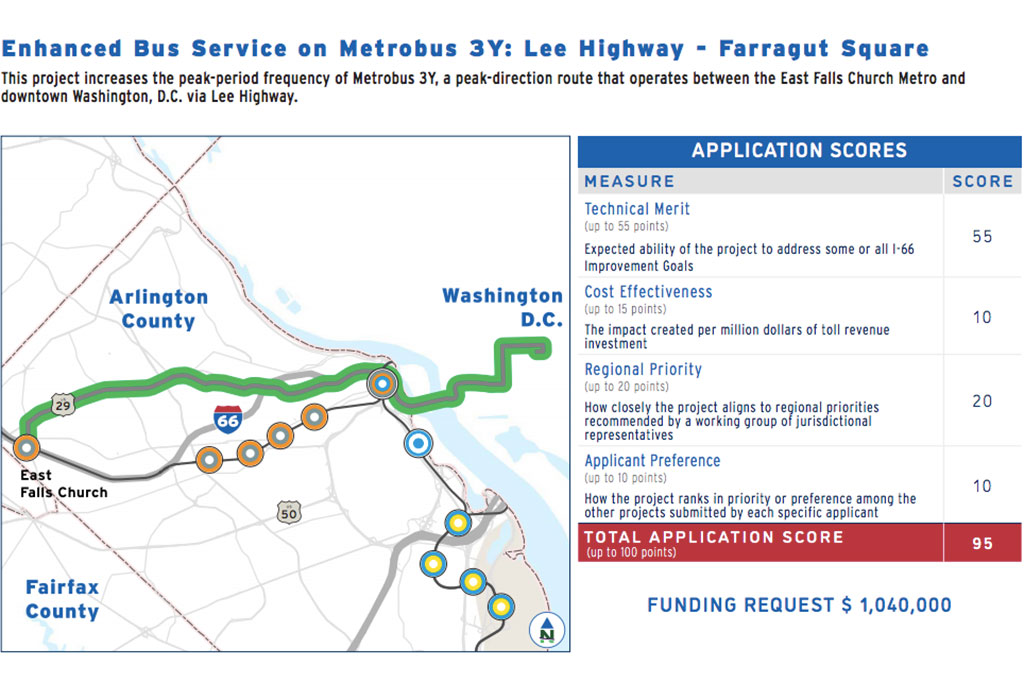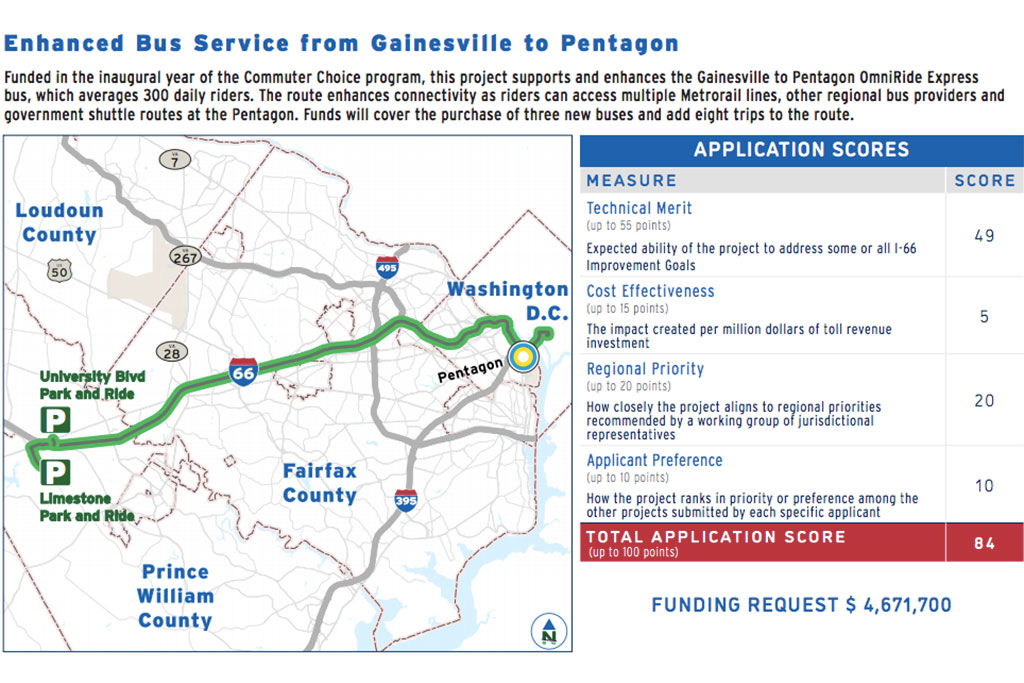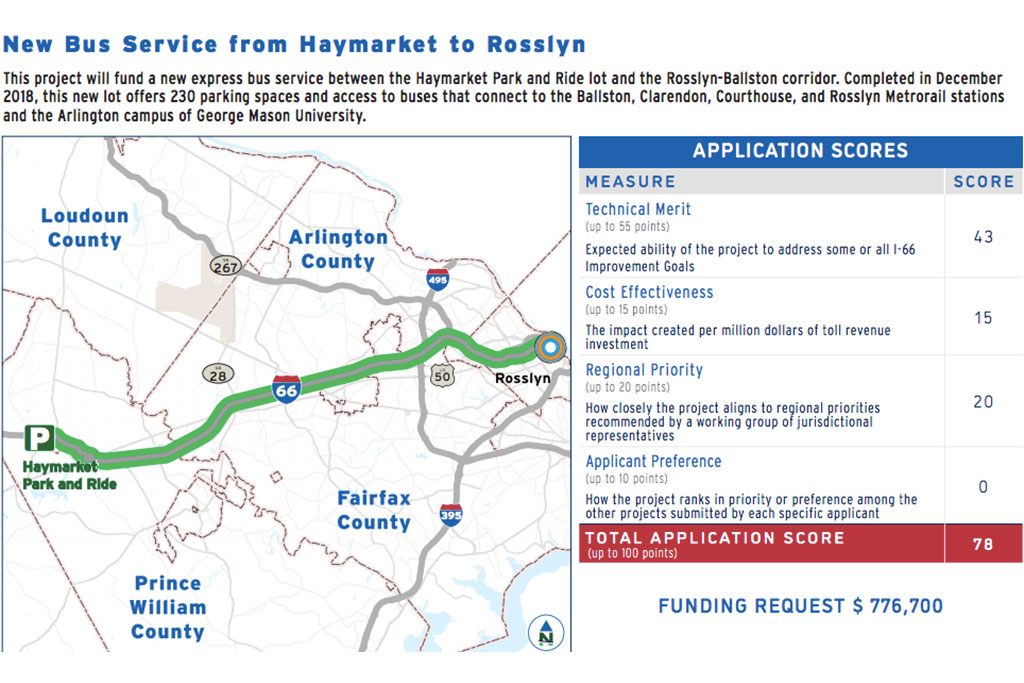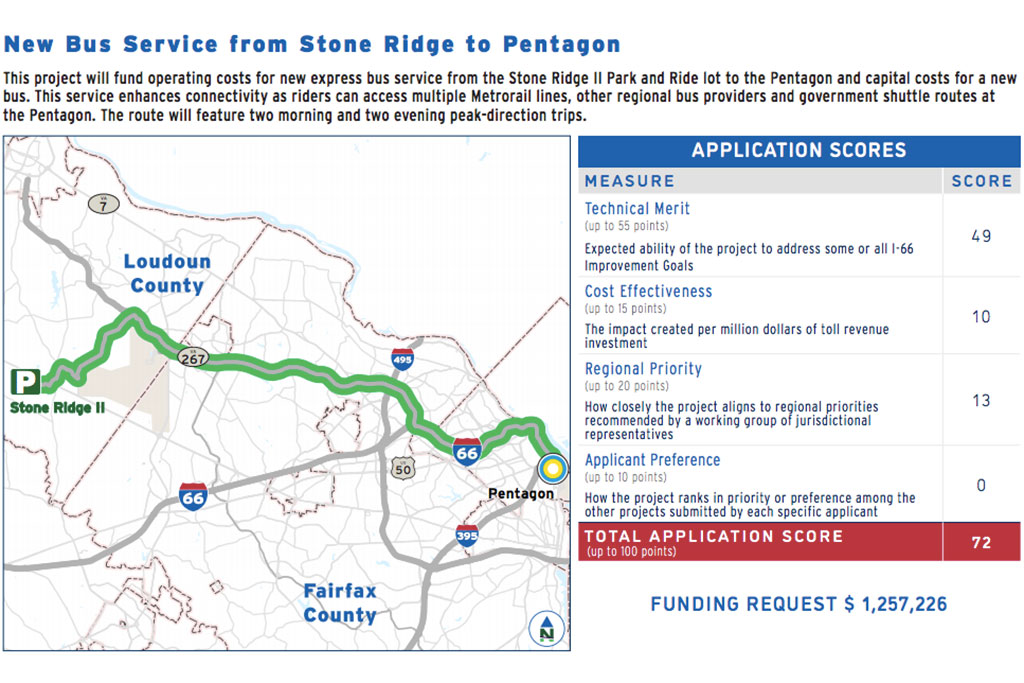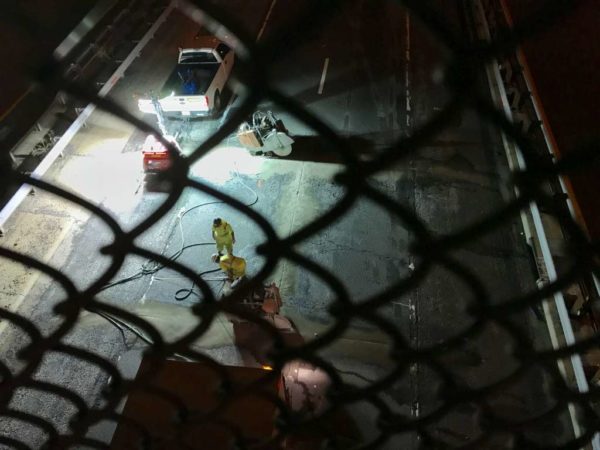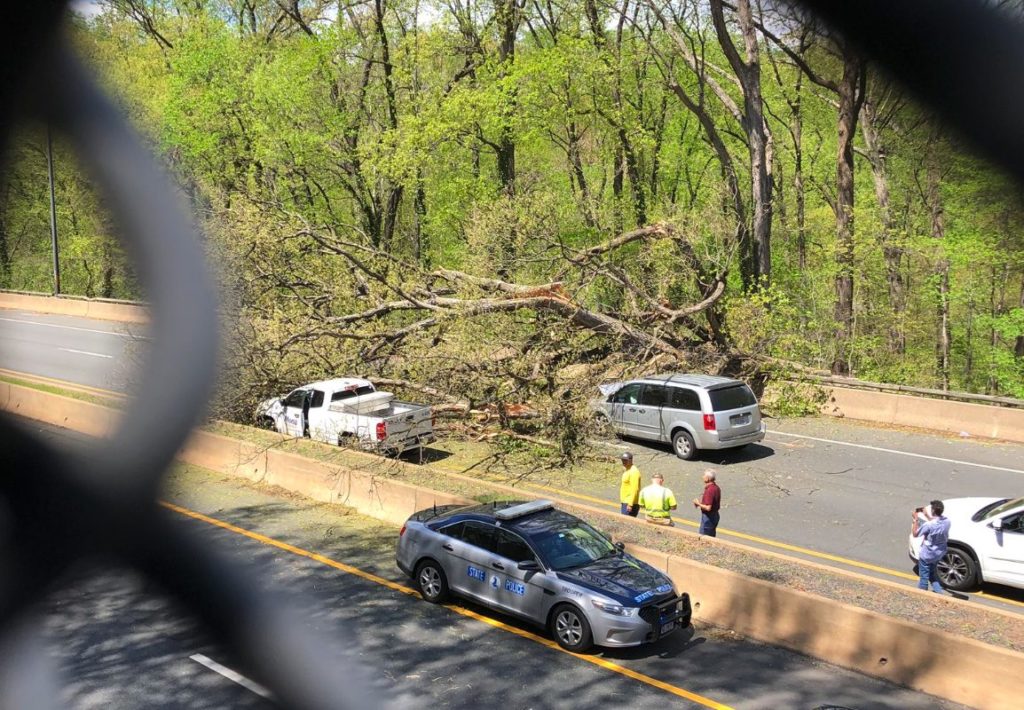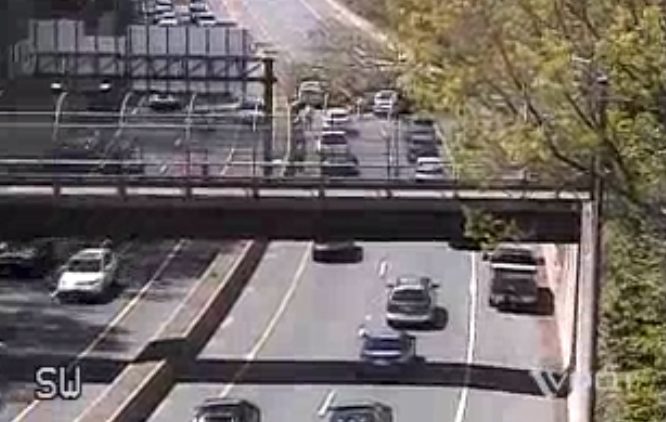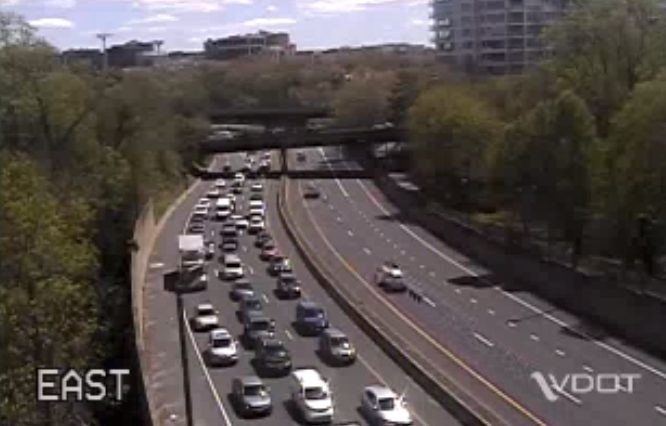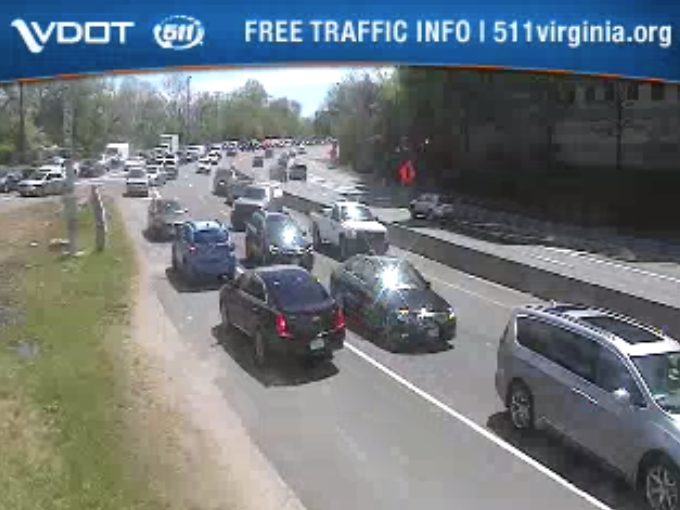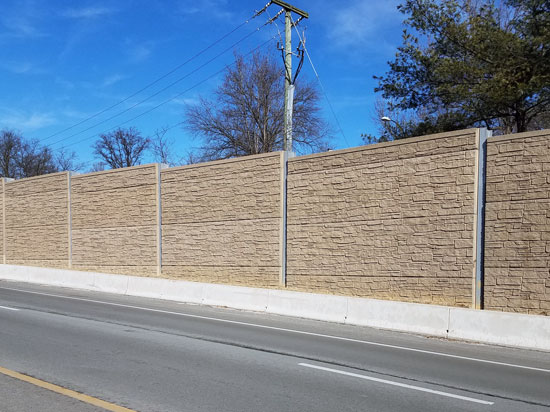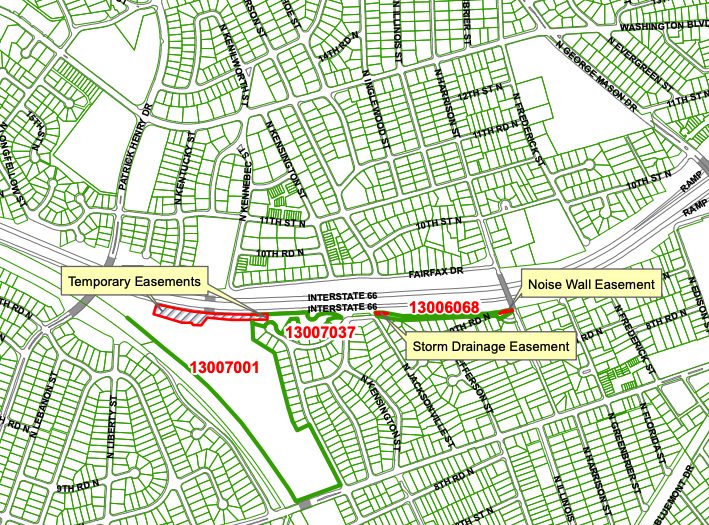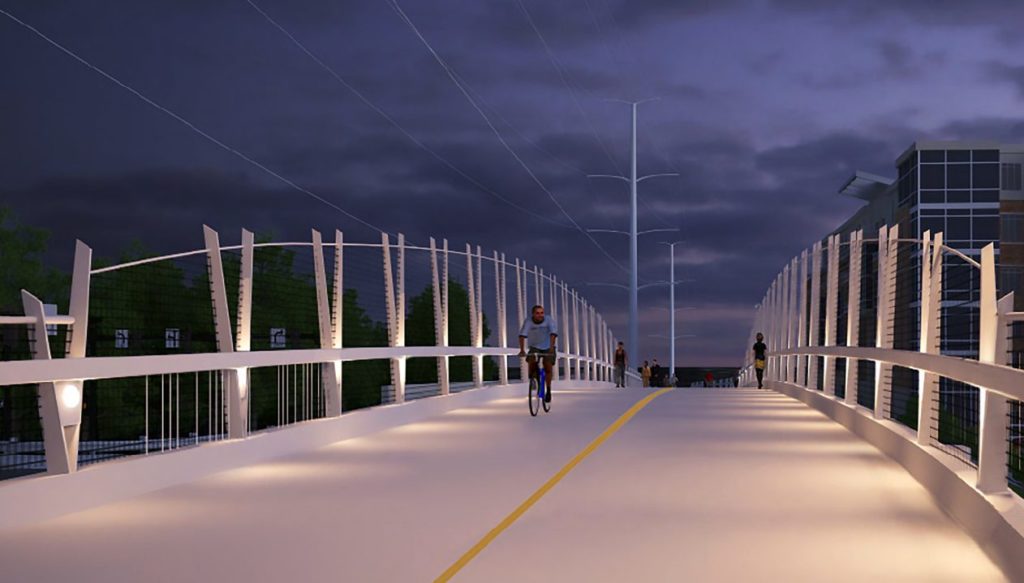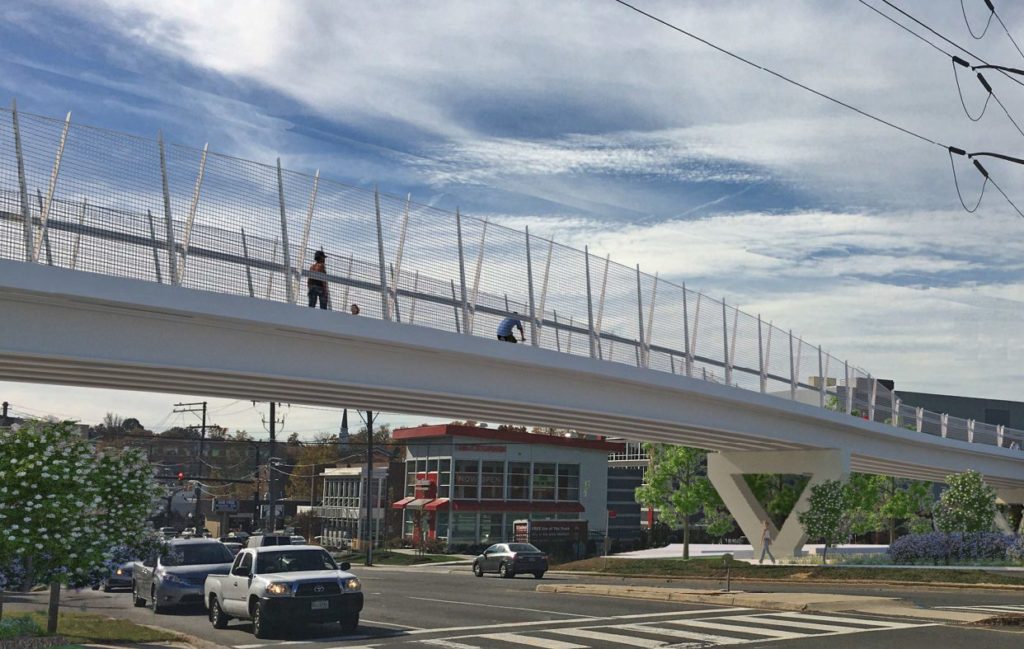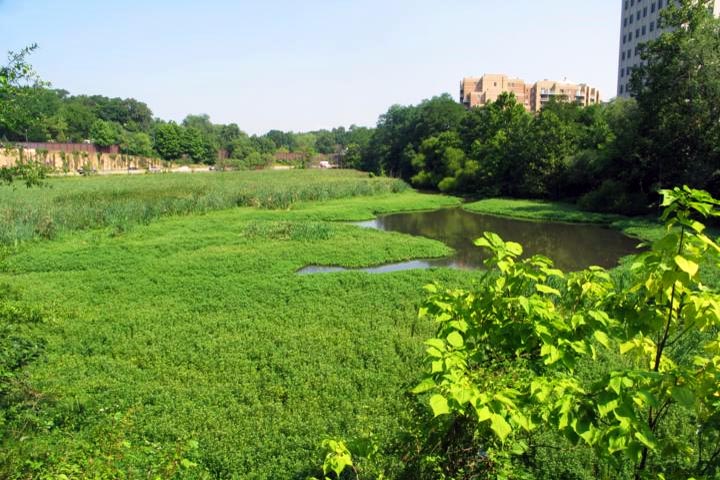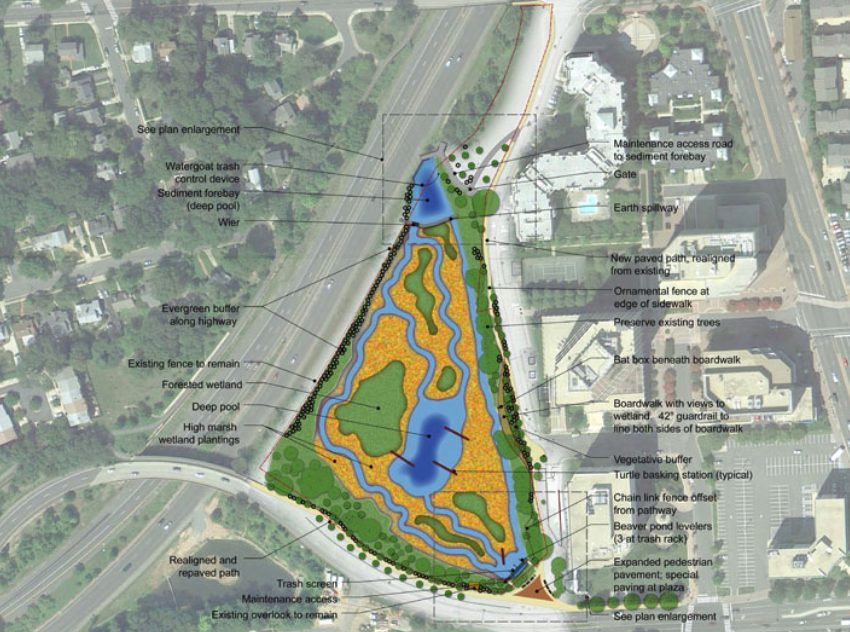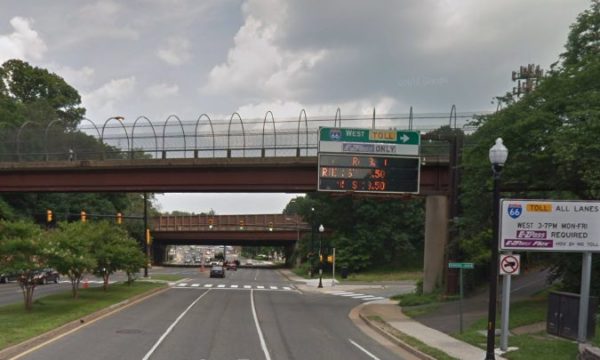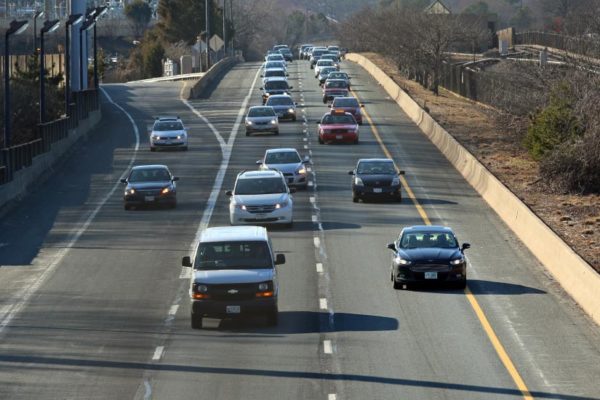
Virginia needs to do more to catch people evading tolls, county officials said at an Arlington Transportation Commission meeting last Thursday.
Virginia Department of Transportation officials attended the meeting, with plans to boast about boosted speeds on I-66, but local officials were more concerned about what some saw as underenforcement of High Occupancy Vehicle (HOV) rules.
David Caudill, the division administrator for tolling for VDOT, explained that the current enforcement relies on Virginia State Police counting heads in passing cars in conjunction with checking a beacon that lights up on a gantry if the passing car registered as HOV.
But Commission member Audrey Clement said that fewer people are receiving citations for I-66 toll violations than would be even if there were a 99 percent toll-compliance rate.
“There were 702 HOV citations for a year, that averages to 2.7 citations for every eight hours of tolling. That’s three per day,” said Clement. “So we’re concerned that this phenomenon is being undercounted and underenforced, and that may be driving up tolls.”
According to VDOT staff, there are at least four state troopers assigned to enforcement on I-66 every day. Rather than just being able to focus on HOV rules, however, troopers also respond to emergency calls and traffic violations like speeding.
Caudill recognized that there is a lapse in toll enforcement and said that during enforcement “blitzes” the HOV usage rates drop by 3 percent, giving VDOT a rough estimate for how many drivers are ducking out of the toll.
“It’s a challenge, I’ll admit that,” Caudill said. “[It is] challenging to look at the light, count number of heads, and then chase them down… We’re not catching everyone, not by any means.”
VDOT staff said the group is partnering with Transurban to put together a pilot program for an electronic sensor system.
“We think there’s an opportunity there for better enforcement,” Caudill said, “[and] it does impact the tolls, probably.”
Clement was not alone in expressing her disappointment at the lack of enforcement. Chris Slatt, chair of the Transportation Commission, said the lapse in enforcement goes against what VDOT told Arlington when the toll lanes were first proposed
“When VDOT was here before tolling went into place, one of the main reasons presented [to us] was HOV violations were rampant then,” Slatt said. “We were told that this was going to be the solution to HOV violation problem, that we were going to do enforcement. And yet here we are, having this conversation again.”
Caudill said the new HOV lanes have also led to complications — for instance, electronic passes mean officers can’t get an estimate on toll-violators by just counting heads.
“I’m glad to hear pilot programs at least are in the works to try to get a handle on this, because HOV violators are slowing down legitimate HOV drivers,” said Slatt. “[They’re] driving up costs of people legally paying tolls, and taking money that could be used for multimodal transportation projects to keep us all moving.”


